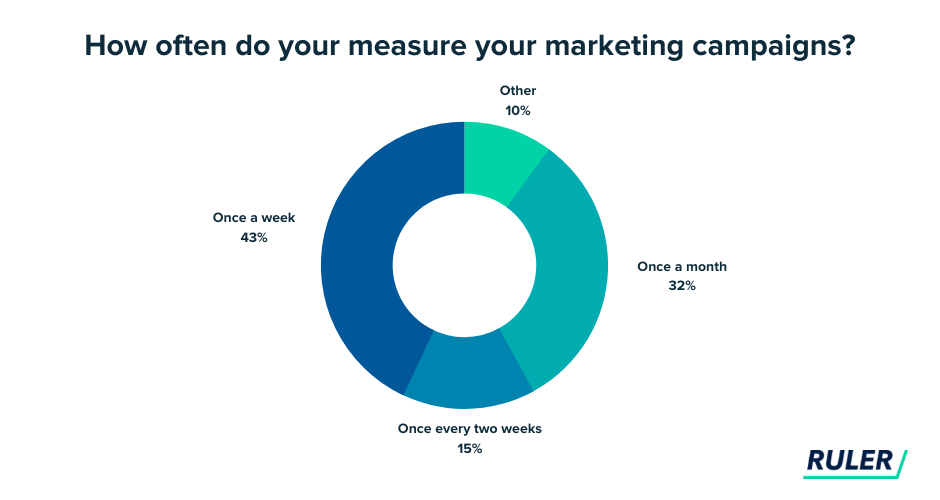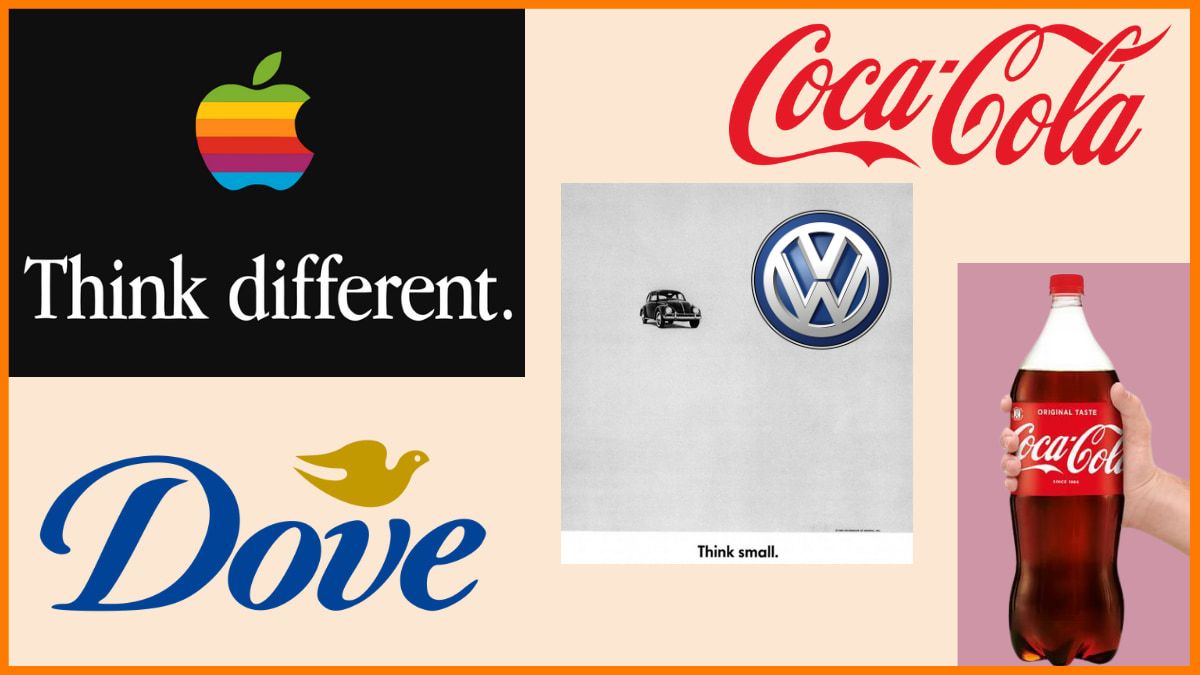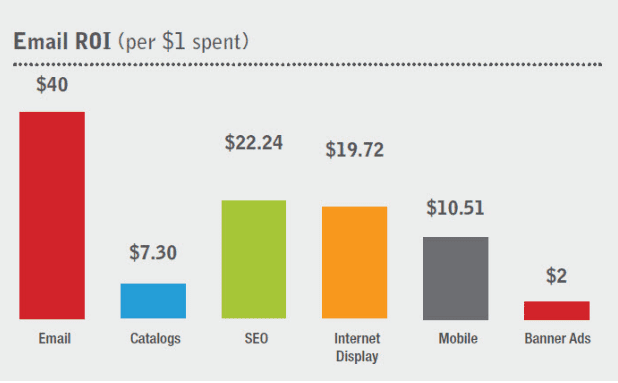Which Ad Campaign Yields The Best Results

In the ever-evolving landscape of advertising, businesses constantly grapple with a fundamental question: which ad campaign strategy yields the most effective results? Pinpointing a singular "best" approach proves elusive, as success hinges on a complex interplay of factors, including target audience, product type, platform choice, and the overarching marketing goals.
This article delves into the efficacy of various advertising campaign strategies, analyzing their strengths, weaknesses, and suitability for different contexts. It aims to provide a balanced perspective, drawing upon industry research and expert opinions to shed light on the multifaceted nature of advertising effectiveness.
Understanding the Playing Field
The advertising world is a diverse ecosystem, encompassing a wide array of channels and methodologies. From traditional mediums like television and print to digital platforms such as social media and search engines, advertisers have a plethora of options at their disposal.
Each channel offers unique advantages and disadvantages, making the selection process a crucial determinant of campaign success. Understanding these nuances is paramount for crafting campaigns that resonate with the intended audience and drive desired outcomes.
The Power of Digital Advertising
Digital advertising has surged in prominence in recent years, fueled by the proliferation of internet-connected devices and the increasing amount of time consumers spend online. Social media marketing, search engine optimization (SEO), and pay-per-click (PPC) advertising have become cornerstones of modern marketing strategies.
One of the key advantages of digital advertising is its ability to precisely target specific demographics, interests, and behaviors. This granular targeting allows advertisers to reach the most receptive audiences, maximizing the impact of their messaging.
Furthermore, digital advertising offers robust tracking and analytics capabilities, enabling advertisers to measure campaign performance in real-time and make data-driven adjustments. This iterative optimization process can significantly improve campaign effectiveness over time.
Traditional Advertising Still Holds Value
While digital advertising has gained significant traction, traditional advertising mediums like television, radio, and print still hold value, particularly for reaching older demographics and building brand awareness. Television commercials, for example, can create a lasting impression and reach a broad audience, making them suitable for mass-market products and services.
Print advertising in newspapers and magazines can offer a more targeted approach, reaching specific segments based on publication readership. Radio advertising can be effective for reaching local audiences, particularly during commute times.
However, traditional advertising lacks the precise targeting and tracking capabilities of digital advertising, making it more difficult to measure ROI. Despite these limitations, traditional advertising can still play a vital role in a well-rounded marketing strategy, particularly when combined with digital efforts.
Measuring Success: Key Performance Indicators (KPIs)
Determining the "best" ad campaign requires establishing clear Key Performance Indicators (KPIs) to measure success. Common KPIs include brand awareness, website traffic, lead generation, and sales conversion rates.
The choice of KPIs should align with the specific goals of the advertising campaign. For example, a campaign aimed at building brand awareness might prioritize metrics such as website visits and social media engagement, while a campaign focused on driving sales might emphasize conversion rates and revenue generated.
Accurate tracking and analysis of KPIs are essential for evaluating campaign effectiveness and making informed decisions about resource allocation. Without clear metrics, it is impossible to determine whether an advertising campaign is delivering the desired results.
The Human Element: Connecting with Consumers
Beyond the technical aspects of advertising, it is crucial to remember the human element. Effective advertising campaigns connect with consumers on an emotional level, building trust and fostering brand loyalty.
Storytelling plays a vital role in creating compelling advertising that resonates with audiences. By crafting narratives that evoke emotions and reflect shared values, advertisers can forge deeper connections with consumers.
Consider Dove's "Real Beauty" campaign, which challenged conventional beauty standards and promoted body positivity. This campaign struck a chord with consumers, generating significant brand awareness and positive sentiment.
The Impact on Society
Advertising plays a significant role in shaping societal values and influencing consumer behavior. It is important for advertisers to be mindful of the potential impact of their messaging and to promote ethical and responsible advertising practices.
Recent years have seen a growing focus on issues such as diversity and inclusion in advertising. Consumers are increasingly demanding that brands reflect the diversity of society in their advertising campaigns.
By embracing social responsibility and promoting positive values, advertisers can contribute to a more equitable and sustainable future.
Conclusion
Ultimately, there is no one-size-fits-all answer to the question of which ad campaign yields the best results. The optimal strategy depends on a multitude of factors, including the specific goals of the campaign, the target audience, the product or service being advertised, and the available budget.
A well-rounded approach that combines digital and traditional advertising, leverages data-driven insights, and connects with consumers on an emotional level is likely to be the most effective. Continuous monitoring and optimization are essential for maximizing campaign performance and achieving desired outcomes.
The advertising landscape is constantly evolving, requiring advertisers to stay abreast of emerging trends and adapt their strategies accordingly. By embracing innovation and remaining committed to ethical and responsible advertising practices, businesses can create campaigns that not only drive results but also contribute to a more positive and sustainable future.

















